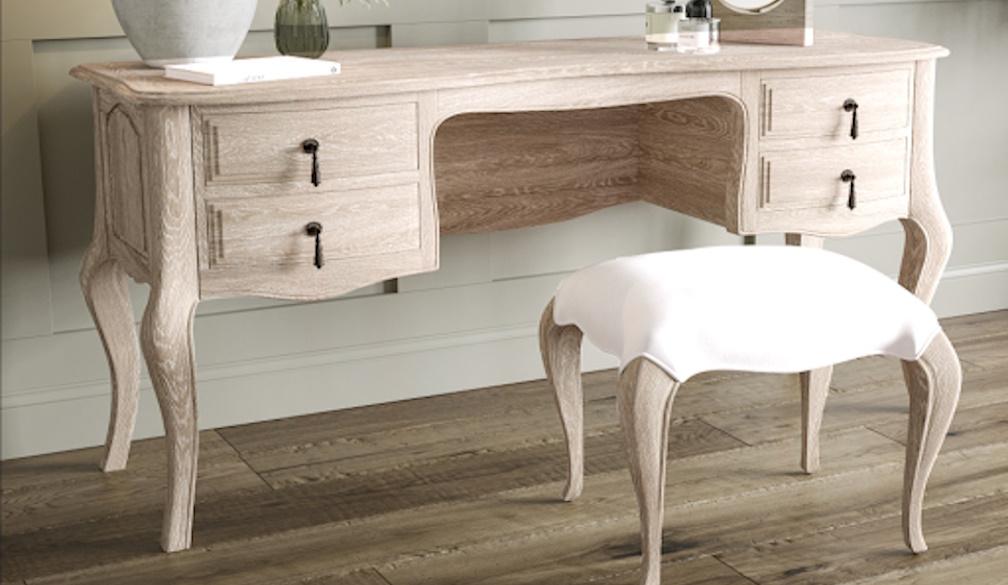Finding French Provincial Furniture for Sale: Tips for Getting the Best Value
- Written by Daily Bulletin

Hey there, furniture aficionados and curious explorers! So, you’ve fallen head over heels for French Provincial furniture, huh? I can’t blame you. With its elegant curves, rustic charm, and that je ne sais quoi that makes your home look like it jumped straight out of a quaint French countryside dream, what’s not to love?
But, let’s get real for a second. Finding French Provincial furniture for sale that doesn’t break the bank or, worse, shatter your dreams with subpar quality, is like searching for a needle in a haystack. Or, as the French might say, looking for a “une aiguille dans une botte de foin.” (Yes, my French is as rusty as an old hinge, but bear with me!)
Know Your Style, Darling
First things first, before you dive into the deep end of this furniture hunt, you need to know what you’re looking for. French Provincial isn’t just about slapping on some white paint and calling it a day. Oh no, mon ami! We’re talking about intricately carved wood, gracefully worn finishes, and that charmingly relaxed yet sophisticated vibe.
Picture this: a cozy Louis XV armchair with its cabriole legs whispering sweet nothings to a distressed oak dining table that looks like it’s hosted centuries of delightful French feasts. That’s the magic we’re after.
The Antique Roadshow – Not Just for TV
Antique shops and flea markets are gold mines. Yes, you might have to rummage through a bunch of old, musty stuff, but isn’t that part of the fun? Plus, you can find some hidden gems if you know where to look.
Here’s a pro tip: Bring a magnifying glass and a Sherlock Holmes hat. Okay, maybe just the magnifying glass. Examine the details – the joints, the wood, the carvings. If it looks too new or too perfect, it’s probably not the real deal. French Provincial furniture should show a bit of character. You know, like that one friend who has the best stories but always forgets where they put their keys.
Online Treasure Hunts
Ah, the internet. A wondrous place where you can find anything from cat videos to, yes, your dream French Provincial dresser. Websites like eBay, Etsy, and even Facebook Marketplace can be your new best friends.
But beware, dear reader, because not all that glitters is gold. Or, in this case, not everything labeled “French Provincial” is actually French Provincial. Read descriptions carefully, scrutinize photos, and don’t be afraid to ask the seller questions. Play detective. Ask about the furniture’s history, its condition, and any quirks it might have. Remember, the more questions you ask, the less likely you’ll end up with a so-called French Provincial chair that looks more “Frankenstein’s Provincial.”
Bargain Like a Boss
Alright, you’ve found the piece. Now comes the fun part – negotiating! Channel your inner Parisian market vendor and don’t be afraid to haggle. Whether you’re in a quaint little antique store or chatting with an online seller, there’s almost always some wiggle room on the price.
Here’s a secret weapon: charm. Be friendly, be polite, and throw in a compliment or two about how you’re absolutely in love with the piece, but your wallet is, let’s say, “financially challenged.” You’d be surprised how often a little flattery can shave a few dollars off the price tag.
DIY – The French Way
If you’re a bit of a DIY enthusiast (or even if you’re not, but you’re feeling adventurous), consider buying a less-than-perfect piece and giving it some TLC. A coat of paint, a bit of distressing, and voilà! You’ve got yourself a stunning French Provincial piece.
Just don’t get too carried away with the sandpaper. We’re going for “charmingly aged” not “attacked by a wild animal.”
Trust Your Gut (And Your Heart)
At the end of the day, finding the best value in French Provincial furniture is as much about trusting your instincts as it is about finding a good deal. If a piece speaks to you, makes your heart do a little happy dance, and fits within your budget, go for it! Your home should be filled with things that bring you joy, not just things that fit a certain mold.
So, there you have it. A whimsical journey through the world of French Provincial furniture. Happy hunting, my fellow furniture aficionados. May your homes be ever charming, your bargains plentiful, and your furniture as timeless as a Parisian sunset. Bon voyage!







